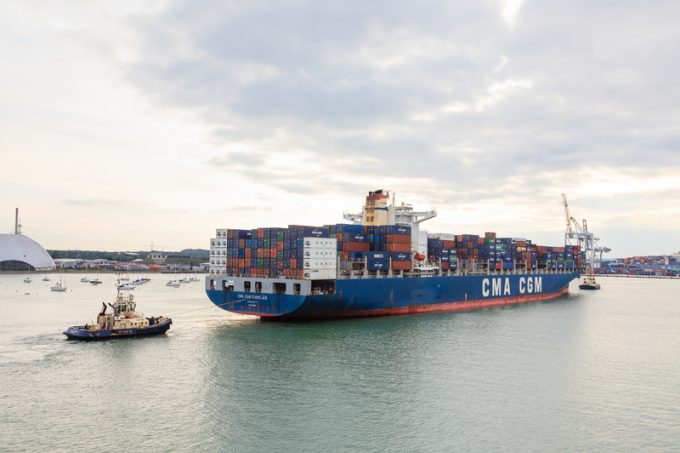
Despite weakening market conditions, non-operating containership owners (NOOs) have built up huge revenue backlogs from long-term leases of ships to ocean carriers, underpinned by binding charter party contracts.
NOOs rarely agree to the early termination of charters – unless they have a more lucrative offer waiting in the wings – and the only option for charterers struggling to cover the cost of daily hire and operating costs of a vessel is to offer surplus tonnage on the sub-let market.
For instance, leading Greece-based NOO Danaos said that, at the end of the second quarter it had a total charter backlog of $2.5bn for its fleet of 68 containerships, which are 99% contracted for this year and 86% for 2024, with some charters not expiring until 2027.
However, when those charters do expire it is impossible to predict the fundamentals that will determine the level of daily hire or length of charter periods, hence some containership owners are widening their scope and investing their cash in other sectors.
Danaos’s Q2 results saw the NOO achieve a “near-record” $241m in operating revenue, for a net income of $143m, despite a 50% year-on-year fall in the charter market, driven claimed CEO Dr John Coustas by the “resilience of our business model” of long-term charters to blue-chip liner companies.
Danaos-owned containerships, ranging from 2,200 teu to 13,100 teu, are on mostly fixed-rate charters to many of the top ten ocean carriers. Moreover, the NOO has an orderbook of two 7,165 teu and four 8,010 teu vessels stemmed for delivery next year when they will immediately commence three-year charters. A further two 6,014 teu and two 8,258 teu vessels due between 2024 and 2026 do not have charters attached as yet.
Nevertheless, the company is looking for “opportunities” to use its cash in shipping sectors other than the container market. Danaos said it had acquired “a significant stake” in Eagle Bulk Shipping, a NYSE-listed dry bulk shipping line and acquired five second-hand capesize bulk carriers.
Dr Coustas said the company had identified weakness in the dry bulk market, “a market we are familiar with”, and added: “We believe the long-term fundamentals in the dry bulk market are very positive.
“In particular, the orderbook is at historically low levels, and fleet supply growth is projected to decline significantly over the next several years against a backdrop of rebounding demand.”
Danaos made a timely exit from the dry bulk trade several years ago, before a prolonged slump in the market, but says it now sees a new opportunity.
